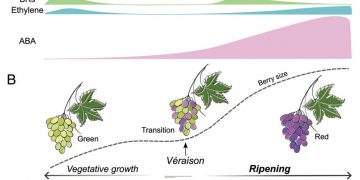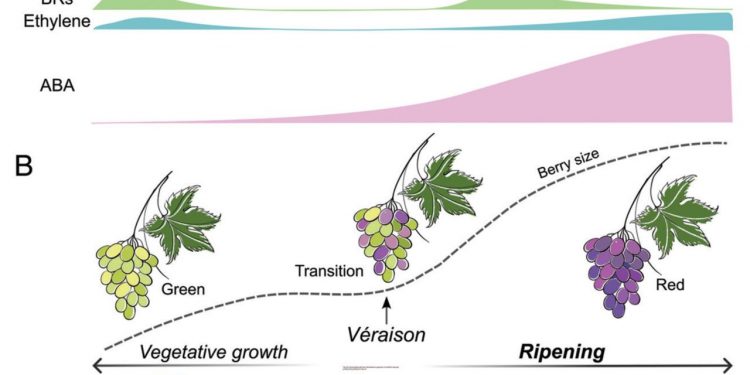Understanding the Hormonal Dynamics Driving Fruit Development and Maturation
Michał Słota sheds light on the intricate interplay between phytohormones and the stages of fruit ripening, offering valuable insights for growers, agronomists, and industry professionals.
Article:
In the journey from blossom to harvest, fruit development follows a carefully orchestrated series of stages, each guided by the dynamic interplay of phytohormones. Understanding these hormonal cues is crucial for optimizing fruit quality, yield, and market readiness.
- Fruit Set:
The inception of fruit set marks the beginning of a transformative journey, triggered by the signaling of auxin and gibberellic acid (GA). These hormones orchestrate the initial steps of fruit formation after fertilization, setting the stage for subsequent growth and development. - Fruit Growth:
As the fruit matures, cell division and expansion drive its physical enlargement. Auxin signaling plays a pivotal role in regulating cell division, ensuring proper fruit growth and morphology. - Fruit Maturation:
A critical transitional phase, fruit maturation heralds the onset of ripening. During this period, auxin and GA levels diminish, while abscisic acid (ABA) and ethylene concentrations rise, signaling the initiation of ripening processes. - Fruit Ripening:
The climax of fruit development, ripening, is governed by distinct hormonal dynamics. Ethylene emerges as a key player in climacteric fruits like tomatoes, apples, and bananas, while non-climacteric fruits such as strawberries, grapes, and sweet cherries exhibit ripening patterns primarily regulated by ABA.Additional Insights:- Alongside the primary phytohormones, auxiliary players like brassinosteroids (BRs) and methyl jasmonate contribute to the ripening regulation in non-climacteric fruits.
- The continuous increase in ABA content throughout ripening underscores its pivotal role in orchestrating maturation processes.
- GA exerts a dual influence on fruit growth, promoting development in both climacteric and non-climacteric fruits. Treatment with GA3 in grapevines before flowering accelerates berry coloration and enhances key biochemical constituents.
- Exogenous application of BRs augments ripening in climacteric fruits by bolstering ethylene levels, further enhancing ripeness and quality attributes.
The intricate dance of phytohormones during fruit ripening is beautifully illustrated in the shifting patterns of hormone concentrations, as observed in strawberry and grapevine ripening stages (Perotti et al., 2023).
































